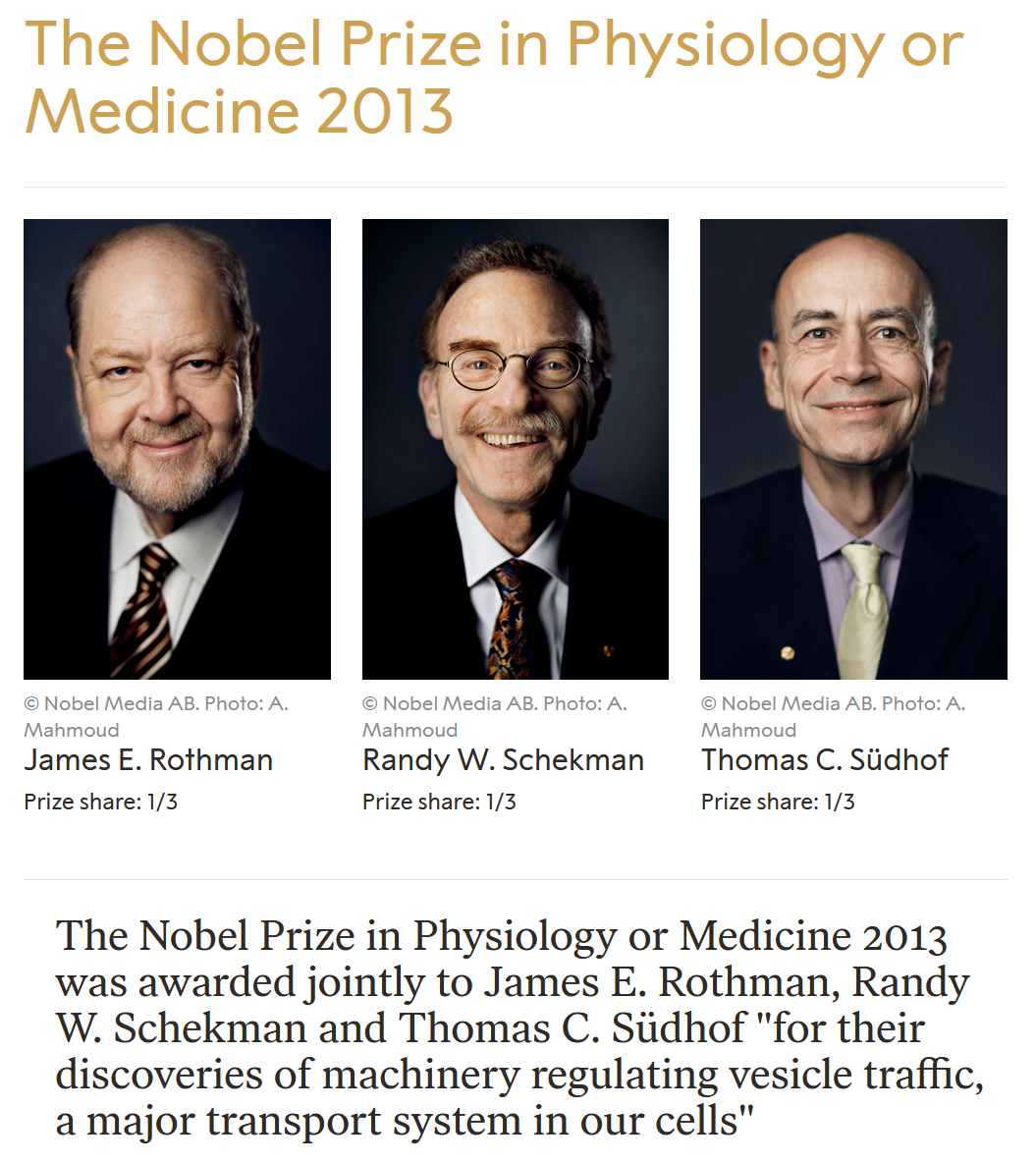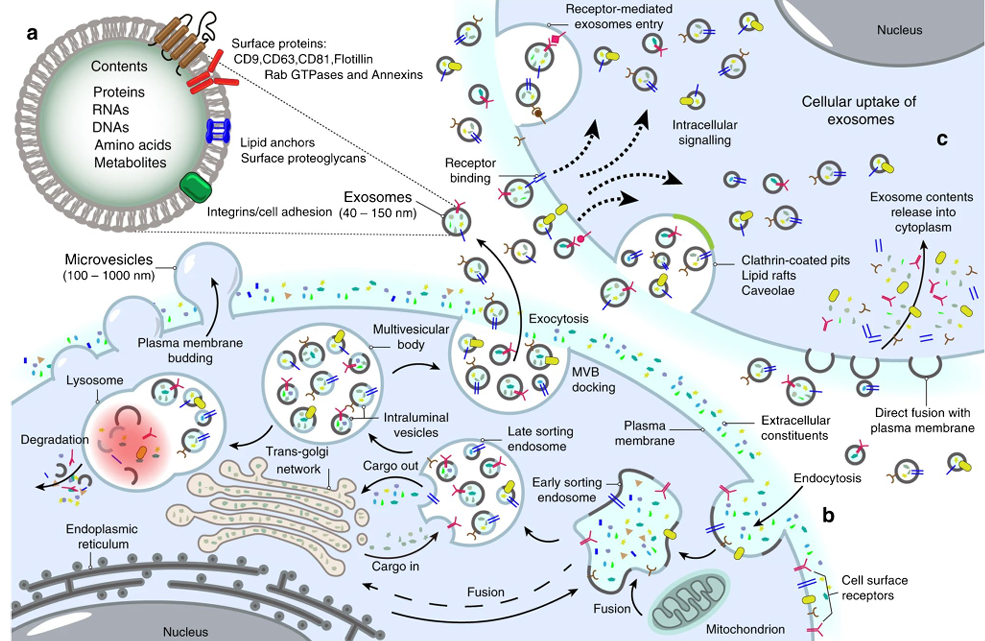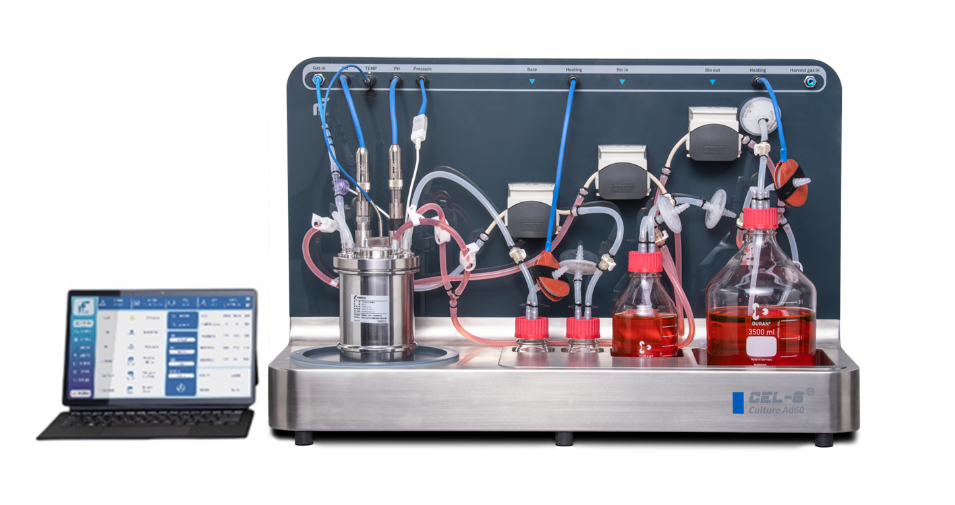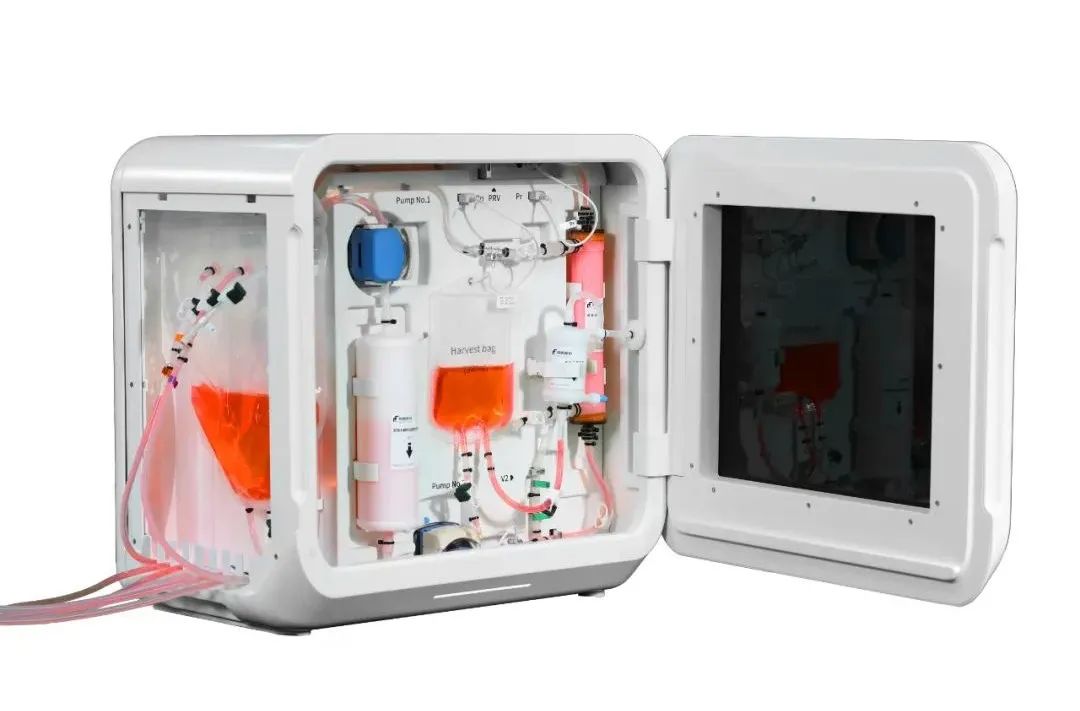- News
Nobel Prize Hot Topic | Tongteng New Creation CEL-G ® One stop solution helps usher in a new era of extracellular vesicle miRNA research
Release date:2024-10-28
On October 7, 2024 at 11:30 Central European Time (corresponding to 17:30 Beijing Time), the Nobel Prize Committee officially announced the allocation of this year's Physiology or Medicine Prize. American scientists Victor Ambros and Gary Ruvkun were honored for their groundbreaking discoveries in microRNAs (miRNAs) and their role in post transcriptional gene regulation. This milestone achievement is not only a high praise for their outstanding scientific research wisdom, but also marks a new era in gene regulation research.
Echoes of history, glorious Nobel Prize

2013 Nobel Prize winner in Physiology or Medicine
Looking back at 2013, the Nobel Prize in Physiology or Medicine was equally brilliant, with American scientists James E. Rothman, Randy W. Schekman, and German scientist Thomas C. S ü dhof jointly awarded for revealing the precise regulatory mechanisms of intracellular vesicle transport. This discovery lays a solid foundation for understanding intercellular communication, and on this basis, extracellular vesicles - the subtle messengers of intercellular communication - are showing unprecedented potential in gene regulation and disease diagnosis with their rich "information treasures" (including proteins, RNA, and miRNAs).
Extracellular vesicles: Microscopic messengers of gene regulation

Figure 1: The mechanism of extracellular vesicle production
Image citation fromNi Z, Zhou S, Chen L. etc.Exosomes: roles and therapeutic potential in osteoarthritis. Bone Res. 2020 Jun 19;8:25.
Extracellular vesicles, as important carriers of intercellular communication, not only carry intercellular communication information, but also play a crucial role in gene regulation. The miRNA molecules they carry can precisely regulate the expression of target genes, thus playing an important role in life activities such as cell differentiation, proliferation, and apoptosis. In addition, extracellular vesicles can also release specific "information packets" in disease states, reflecting the progression and status of the disease, providing a new perspective for early diagnosis and precise treatment of the disease.
MiRNA: A New Dimension of Gene Regulation Mechanism

Winners of the 2024 Nobel Prize in Physiology or Medicine
The outstanding contributions of Ambros and Ruvkun not only reveal the core role of miRNA in gene expression regulation, but also demonstrate their critical impact in various pathological processes such as cancer, neurodegenerative diseases, and cardiovascular diseases. As a key node in the gene regulatory network, miRNA's abnormal expression is often closely related to the occurrence and development of diseases. Therefore, miRNA has become an important biomarker for disease detection, prognostic evaluation, and precision treatment.
CEL-G® One stop solution for extracellular vesicle production: technology driven, innovative for the future

Figure 2; CEL-G® Culture Ad60 series fixed bed bioreactor
Adhering to the spirit of science, Tongteng New Creation has launched CEL-G® A one-stop solution for the production of extracellular vesicles, dedicated to promoting the in-depth development of extracellular vesicle research and application. Among them, CEL-G® The Culture Ad60 series fixed bed bioreactor is suitable for large-scale cell culture, cGMP grade virus production, and extracellular vesicle harvesting. Its unique waterfall flow technology provides a low shear 3D culture environment for cell growth. CEL-G® The Culture Ad60 series fixed bed bioreactor single device host can match different specifications of tank bodies with cell growth areas of 1-2 square meters, 20 square meters, and 60 square meters. CEL-G® Culture Ad600 series fixed bed bioreactor; Suitable for tanks of different specifications with a cell growth area of 300-600 square meters. Therefore, CEL-G® Culture Ad60 and CEL-G® The Culture Ad600 series fixed bed bioreactors cover the entire process from process development, pilot clinical trials to large-scale commercialization.

Figure 3. CEL-G®& nbsp; TFF Lab series exosome concentration system
CEL-G® independently developed by Tongteng New Creation; The TFF Lab series extracellular vesicle concentration system is an automated processing equipment based on the three-level separation principle for extracellular vesicle concentration and harvesting. This system is equipped with a controller host, human-computer interaction interface, and disposable packaged consumables package. It adopts tangential flow high-efficiency filtration and purification technology, automatically runs a multi-level program of cleaning concentration harvesting, real-time monitoring, quantitative harvesting, and high magnification concentration of extracellular vesicles. It is time-saving, efficient, and the entire processing process is silent, safe, and smooth, providing a stable and efficient process platform for the production and research of extracellular vesicles.
Tongteng New Creation CEL-G® The one-stop solution for extracellular vesicle production not only ensures the stability and efficiency of extracellular vesicle production, but also injects new vitality into biomedical research and the development of big health fields with its economy and convenience.
- 021-50826962
- sales@ttbiotech.com
-
No. 90 Zhaoxi Road, Taicang City, Suzhou City, Jiangsu Province
